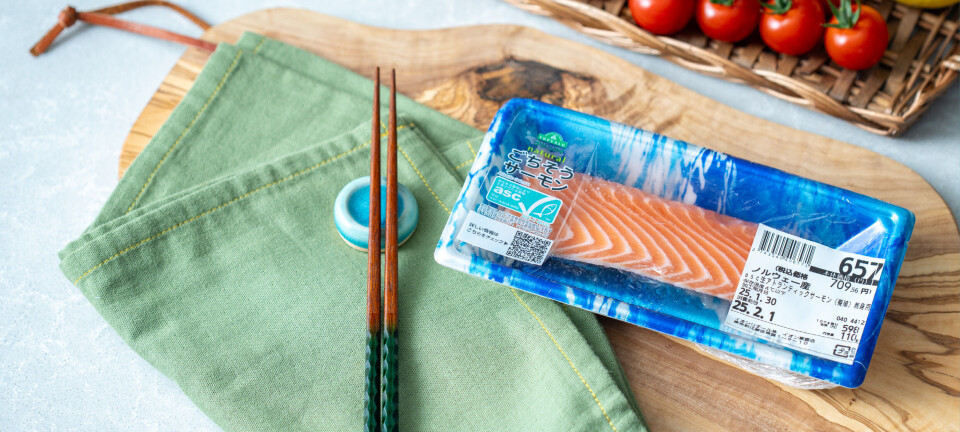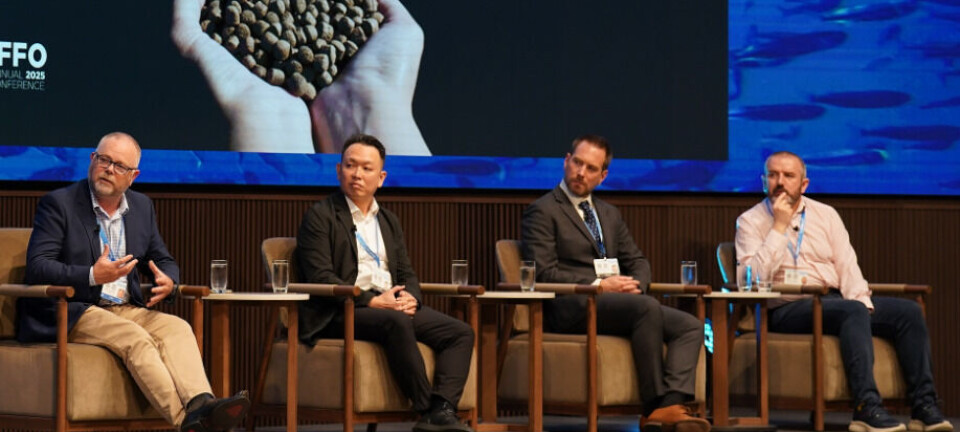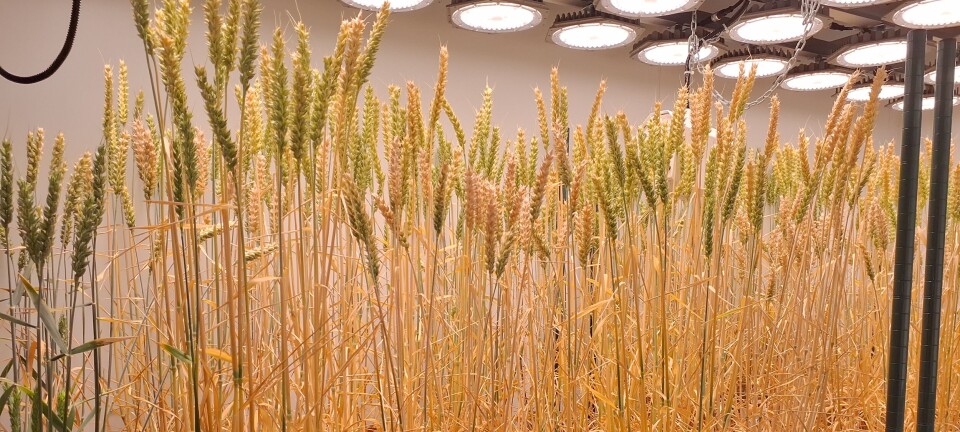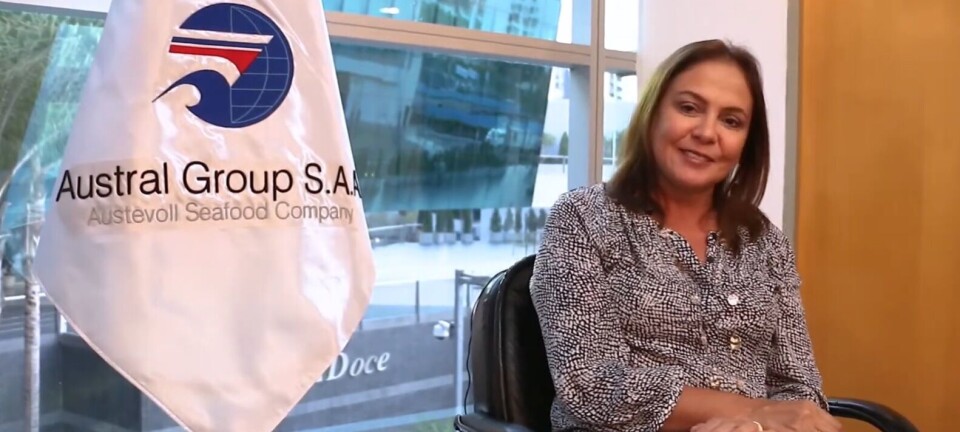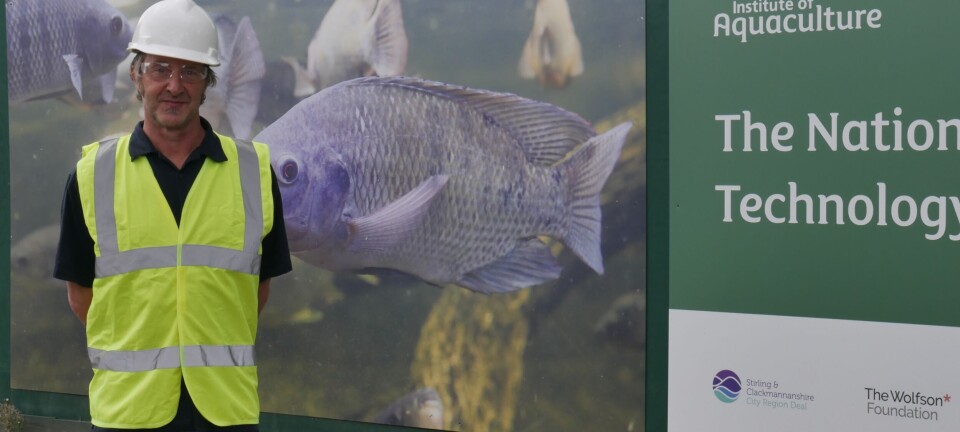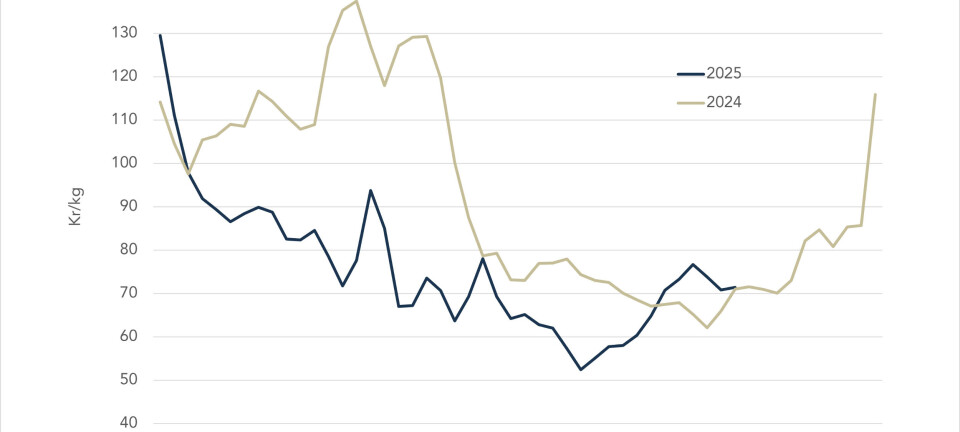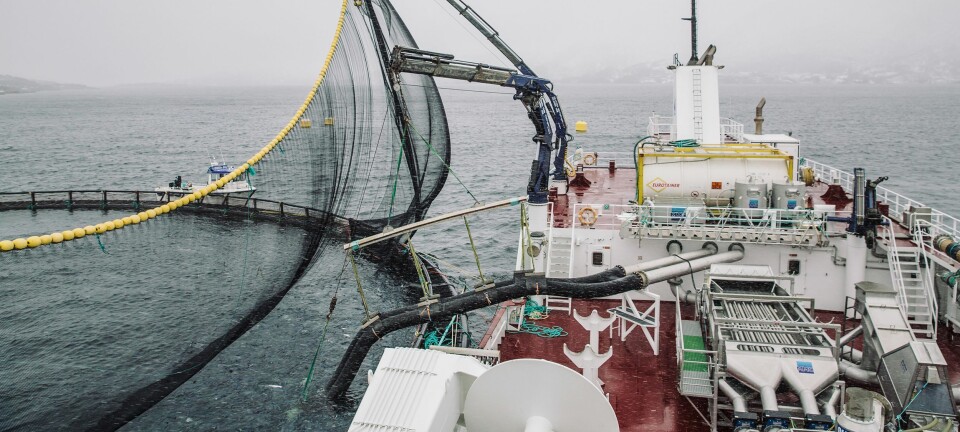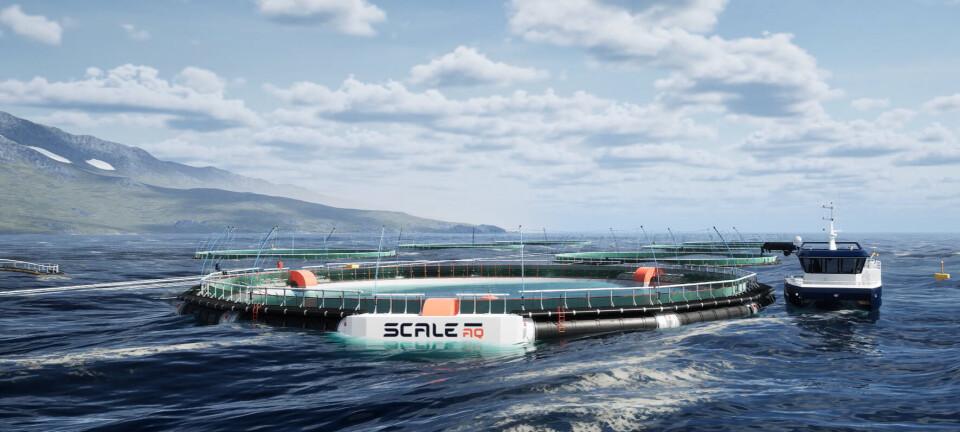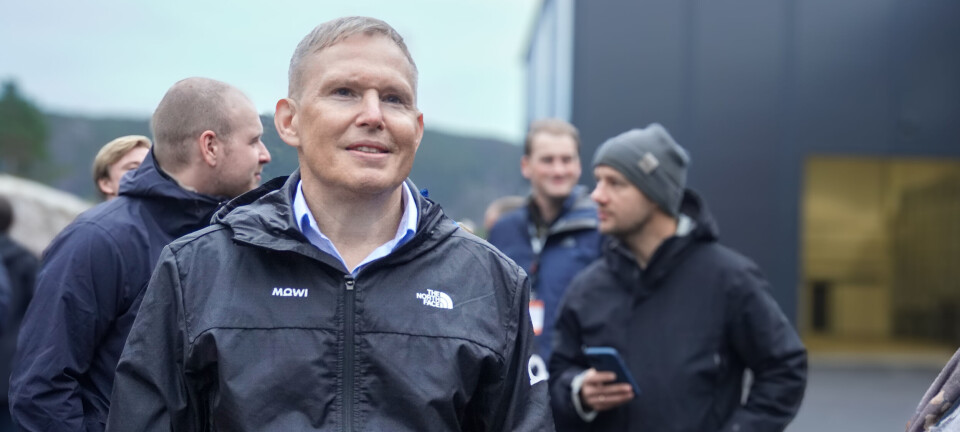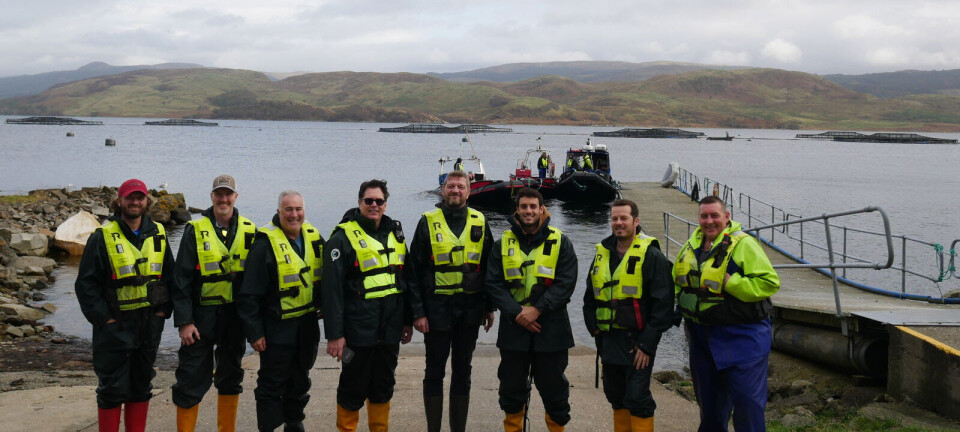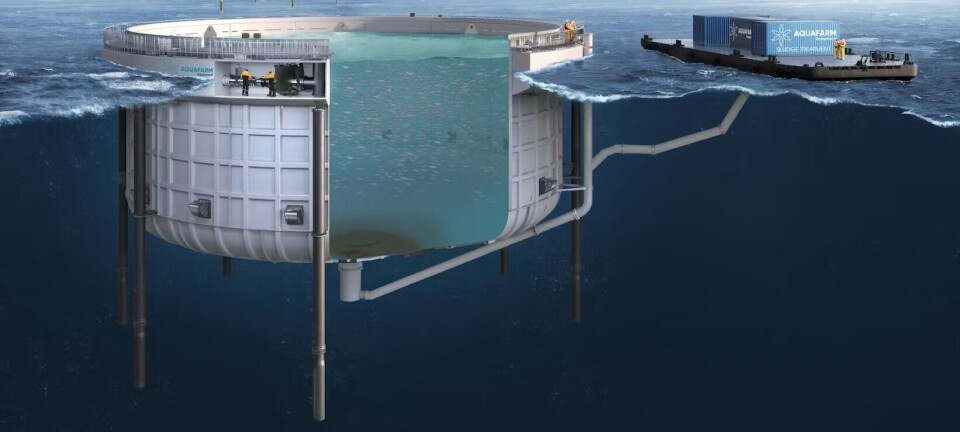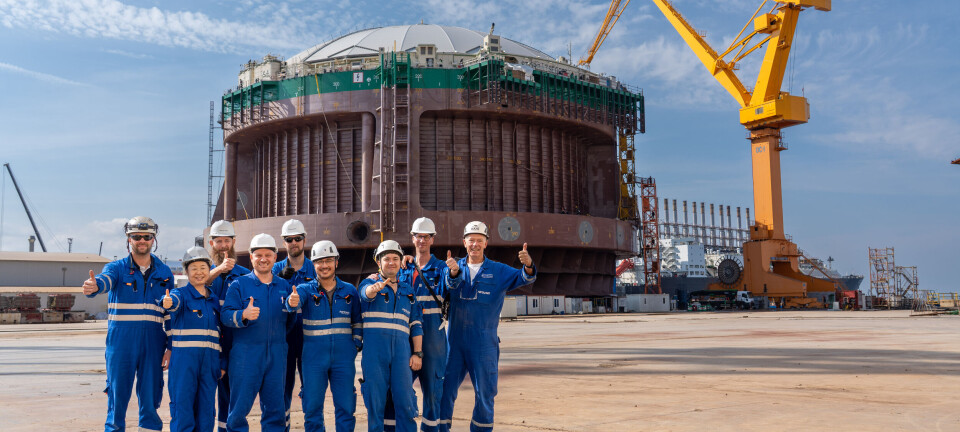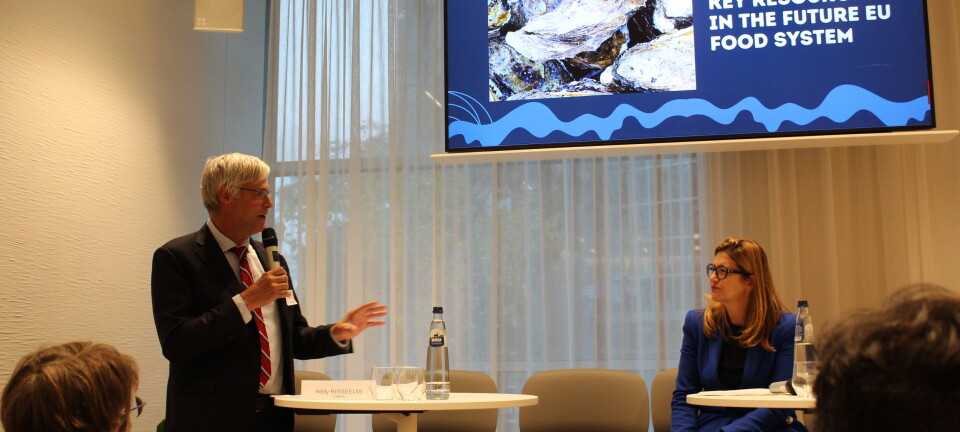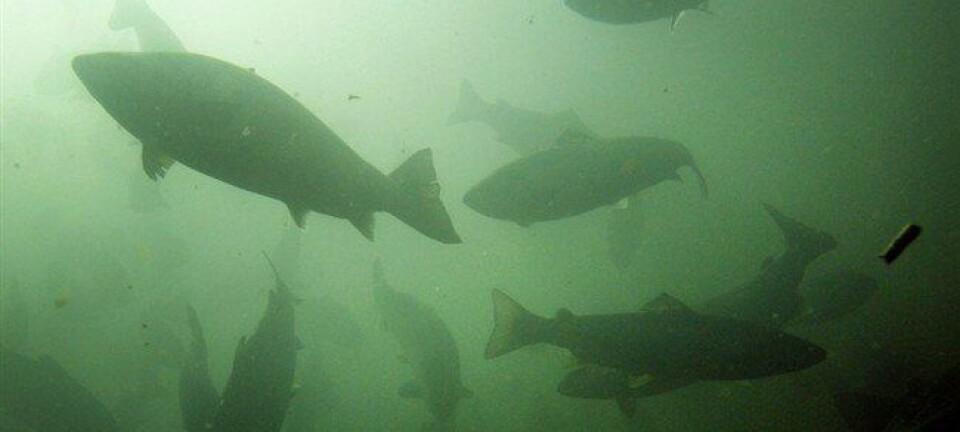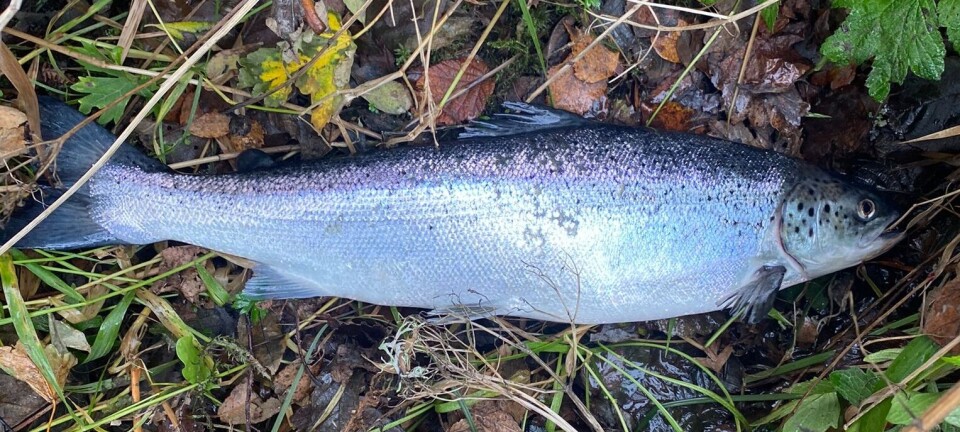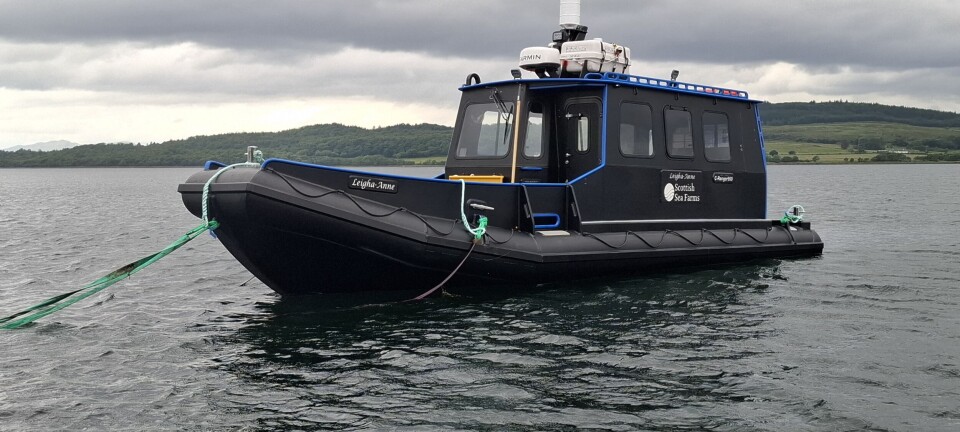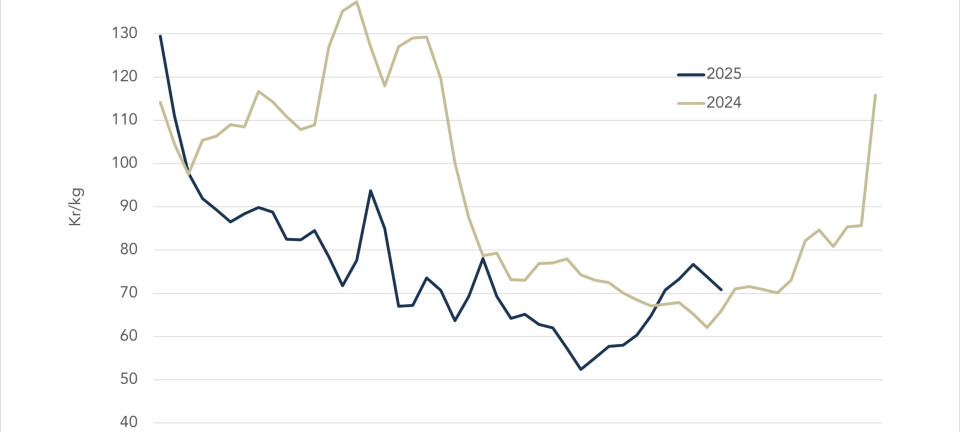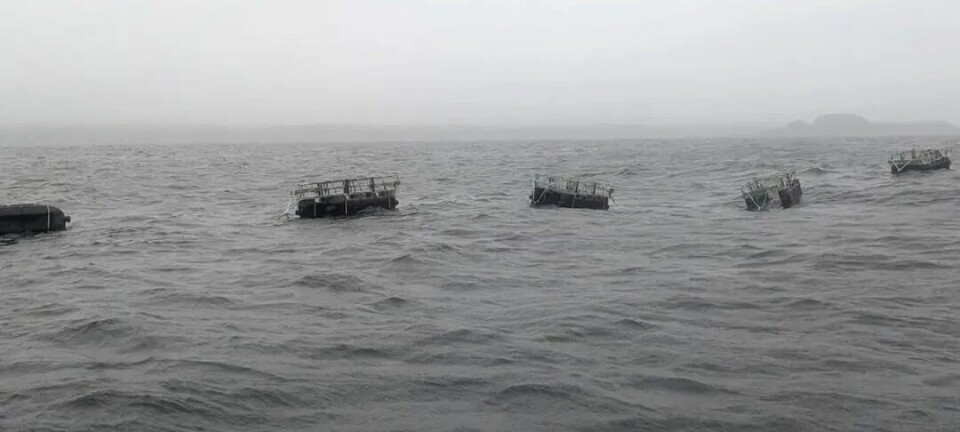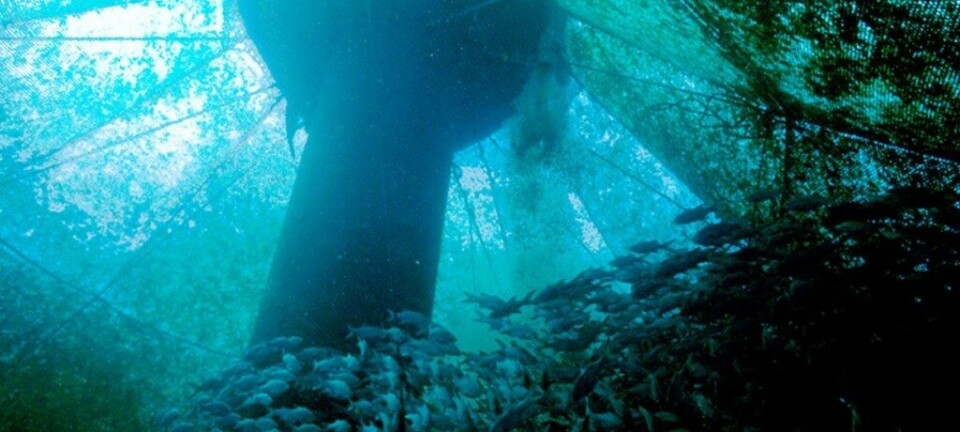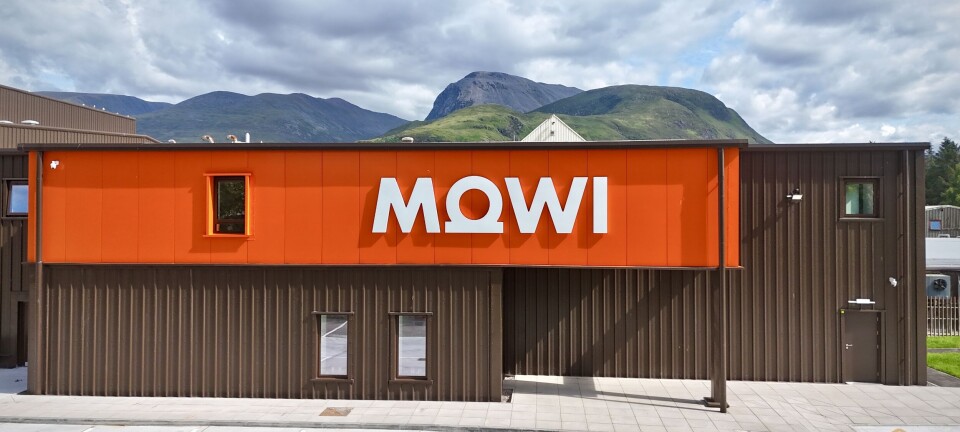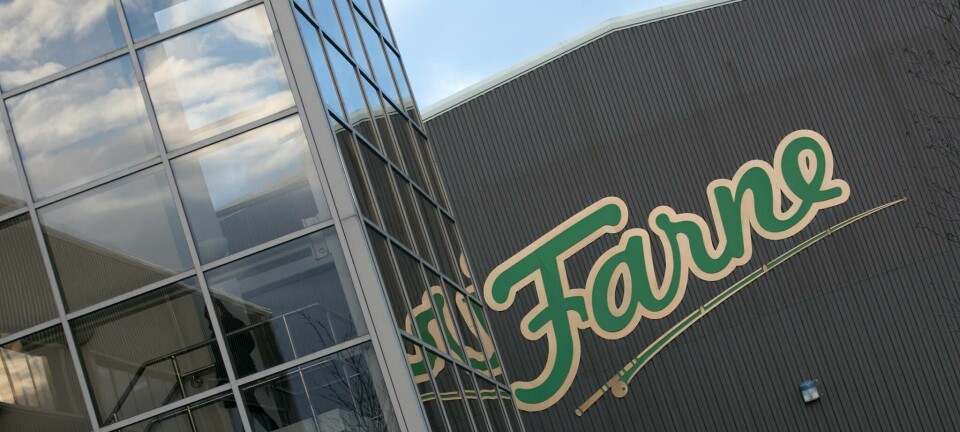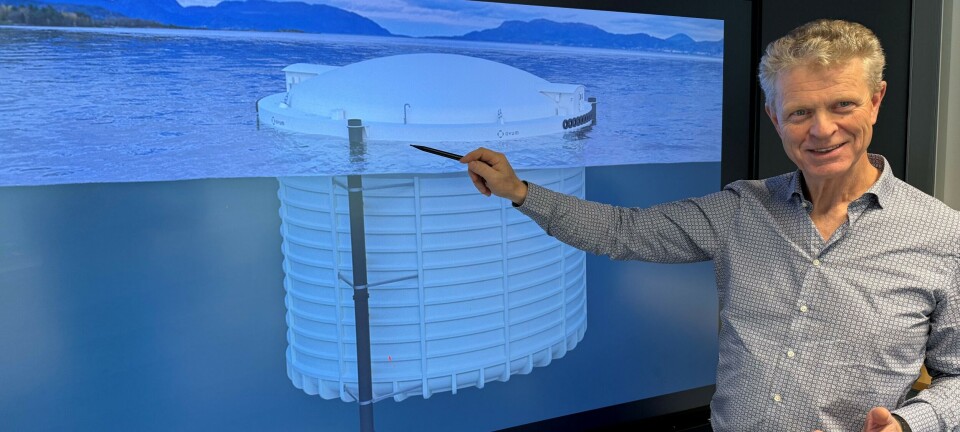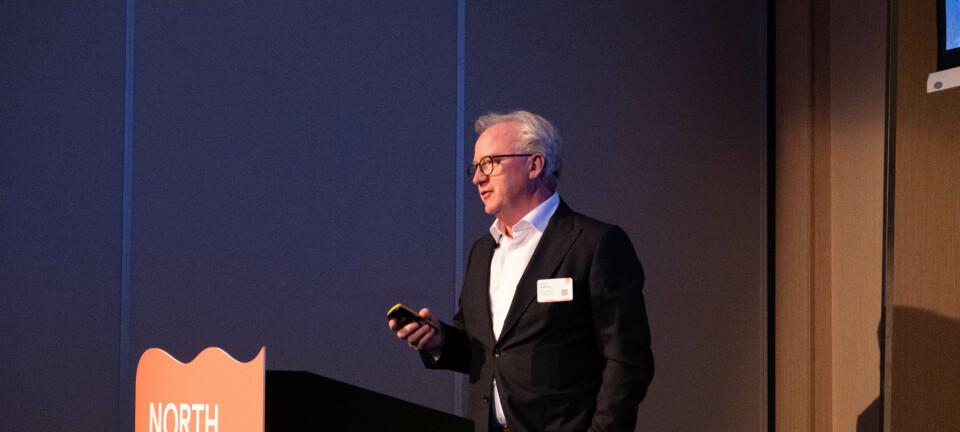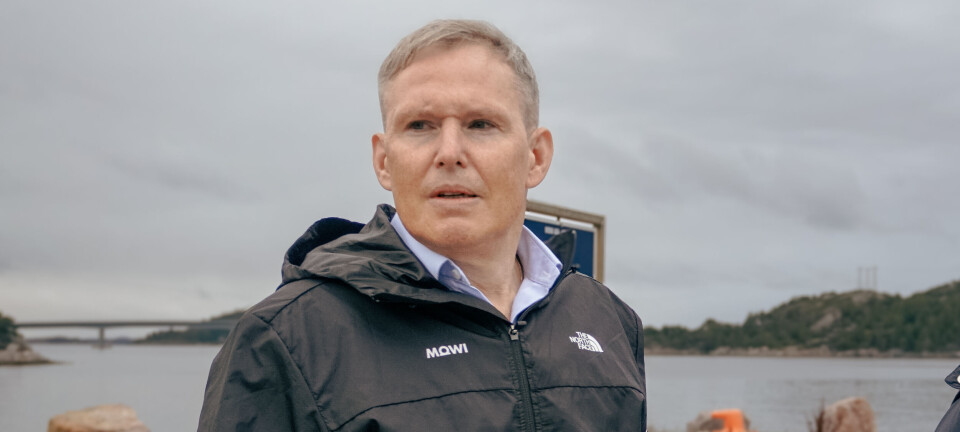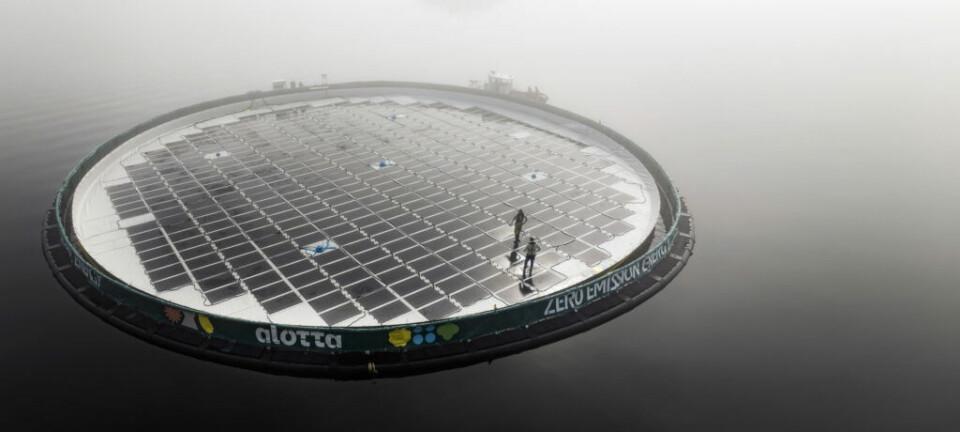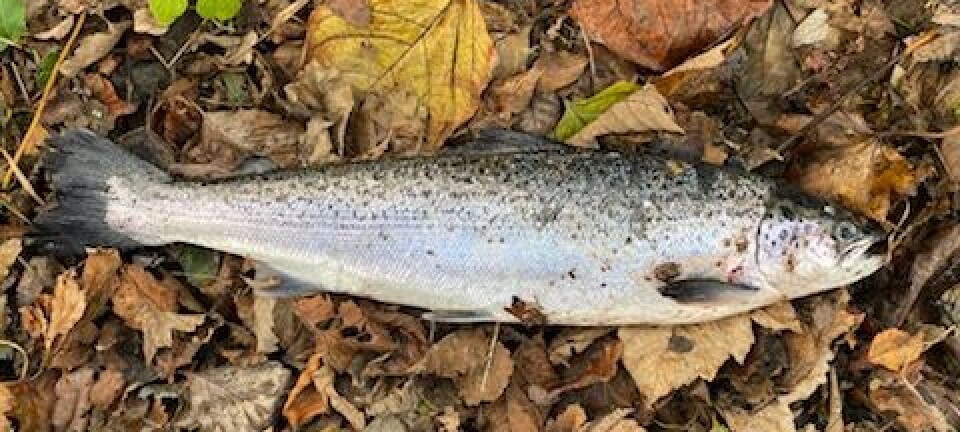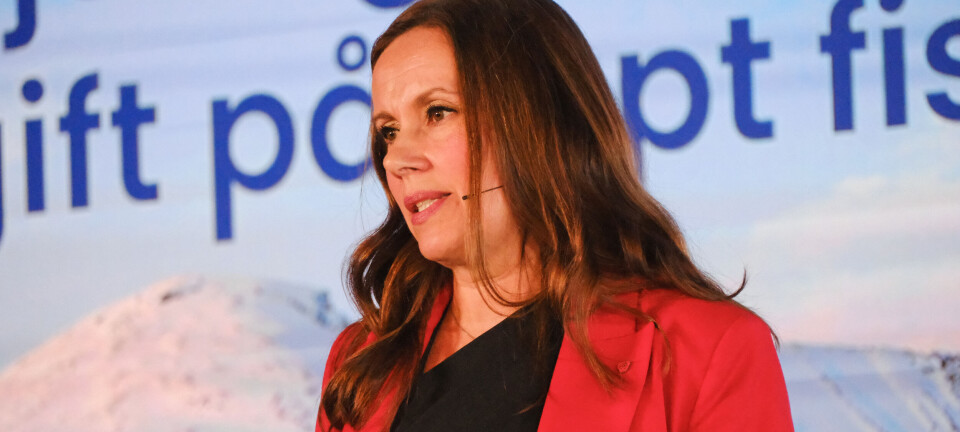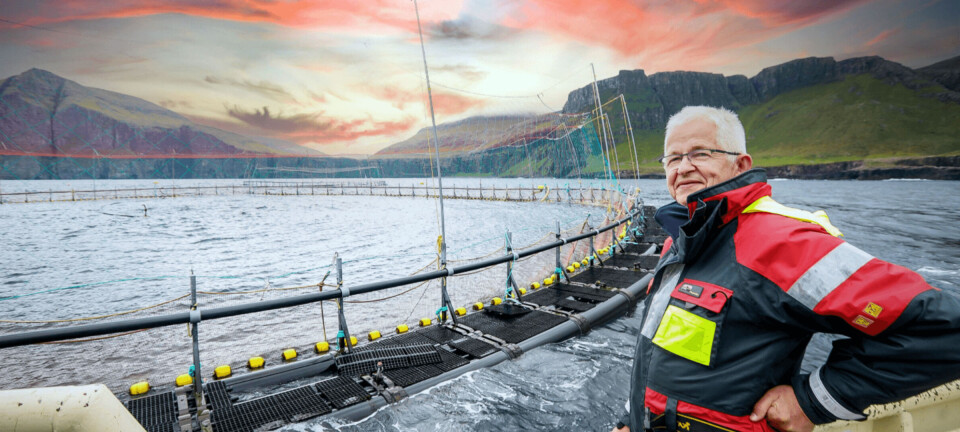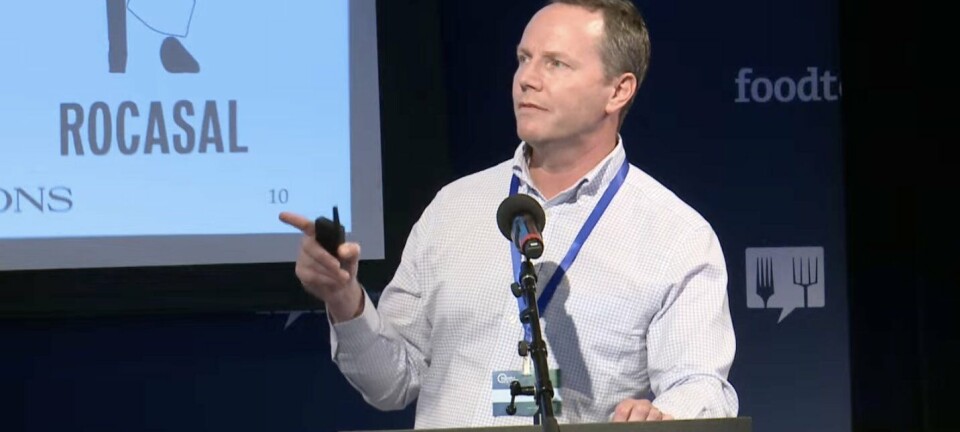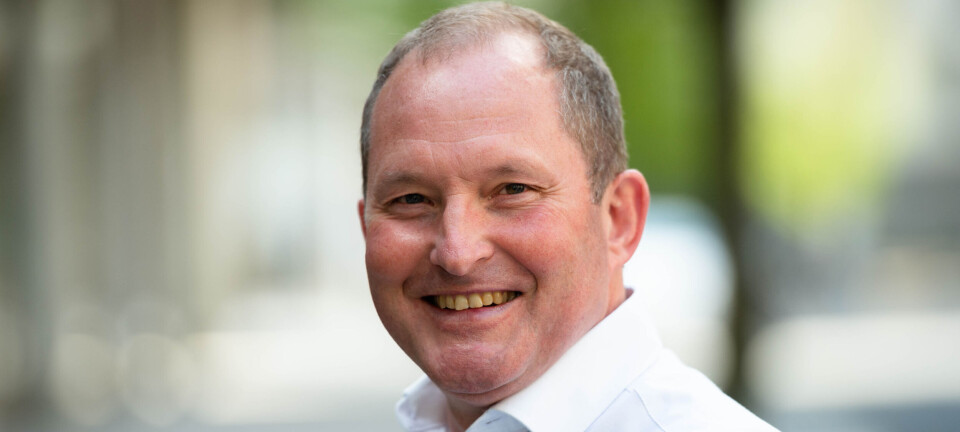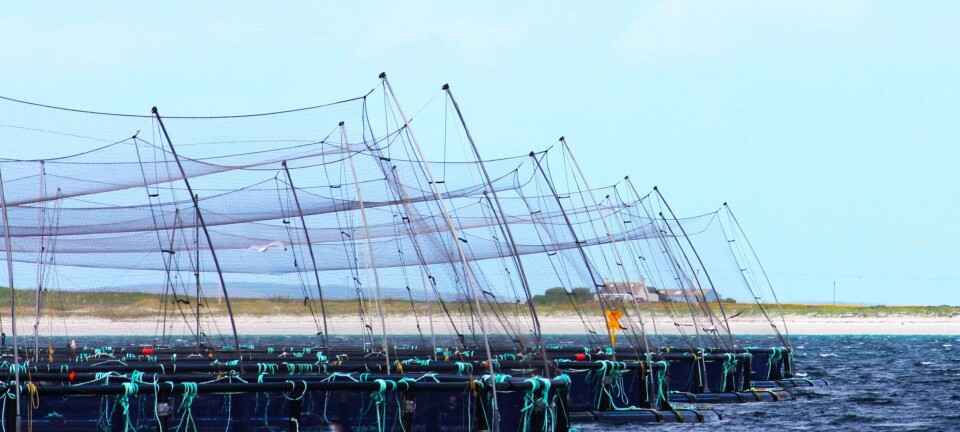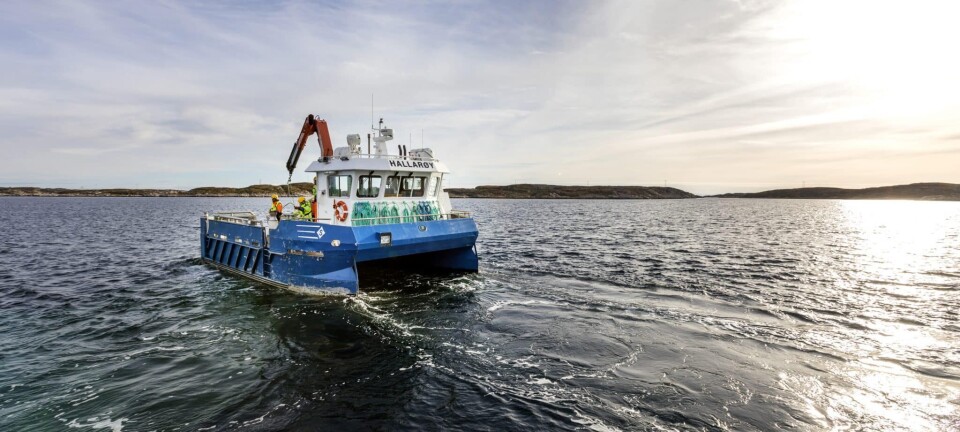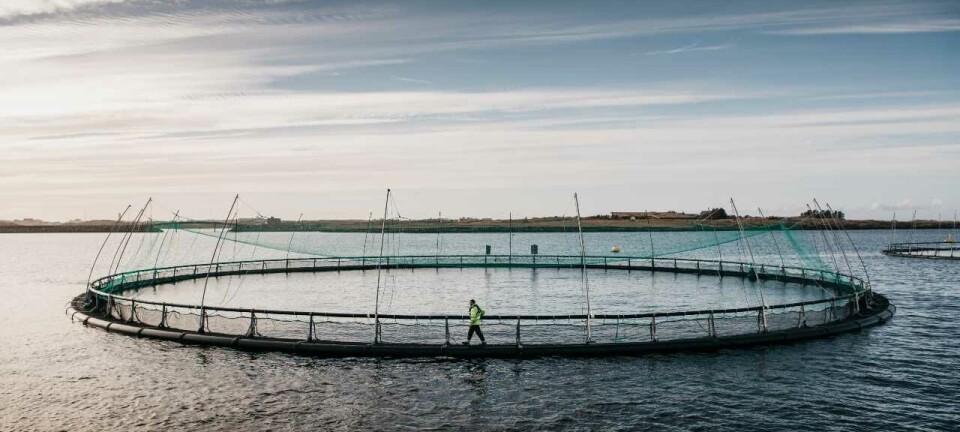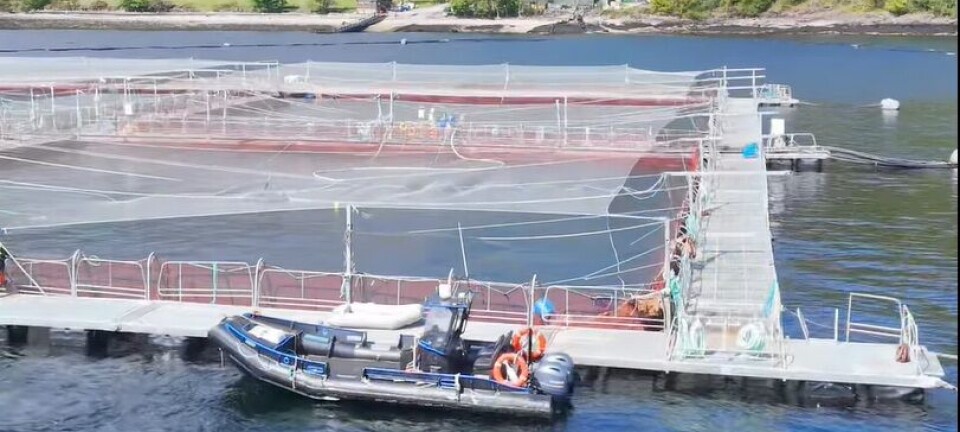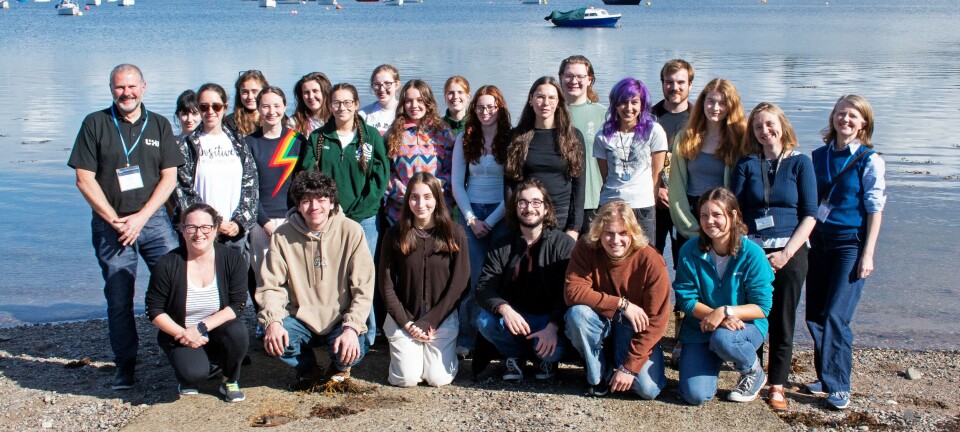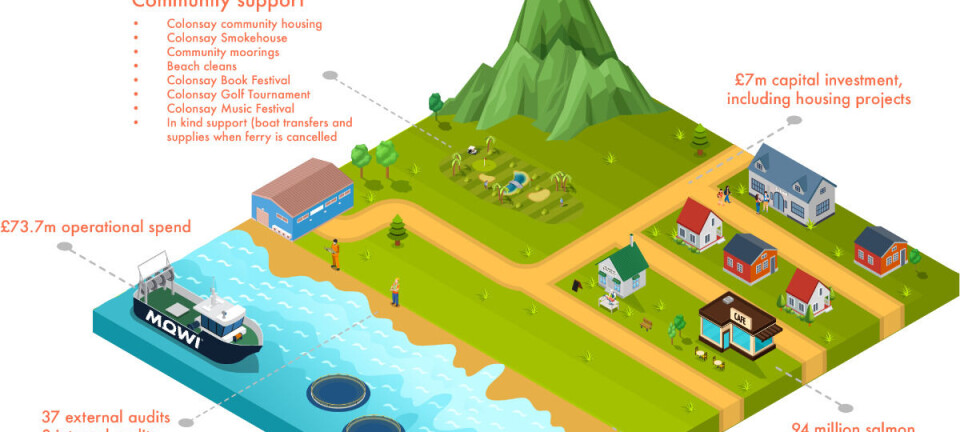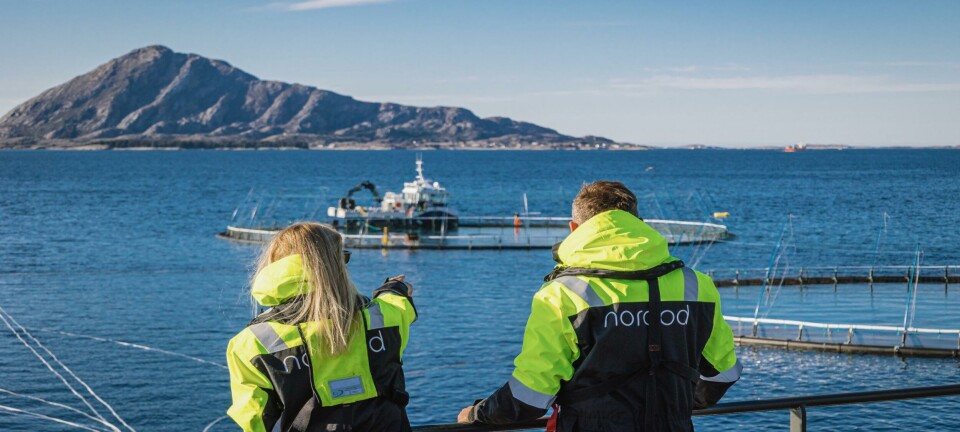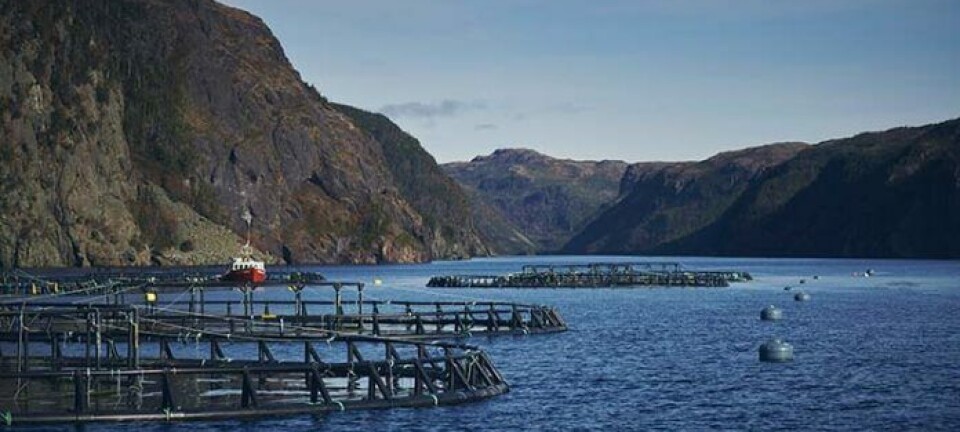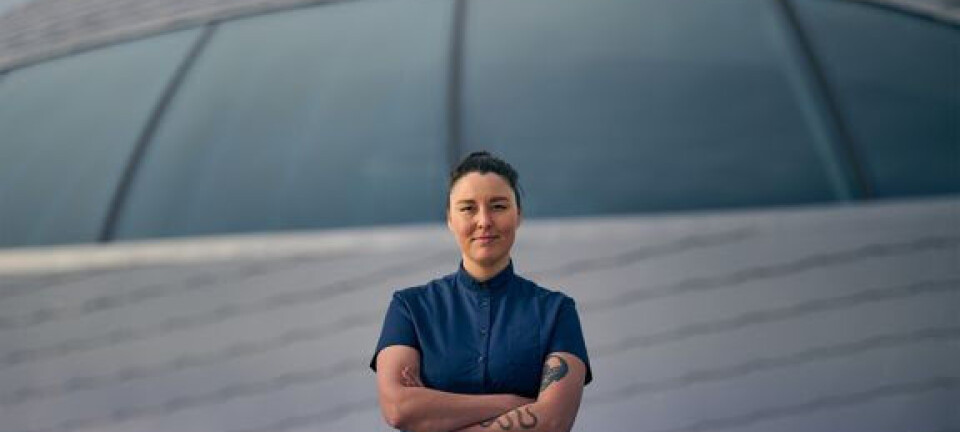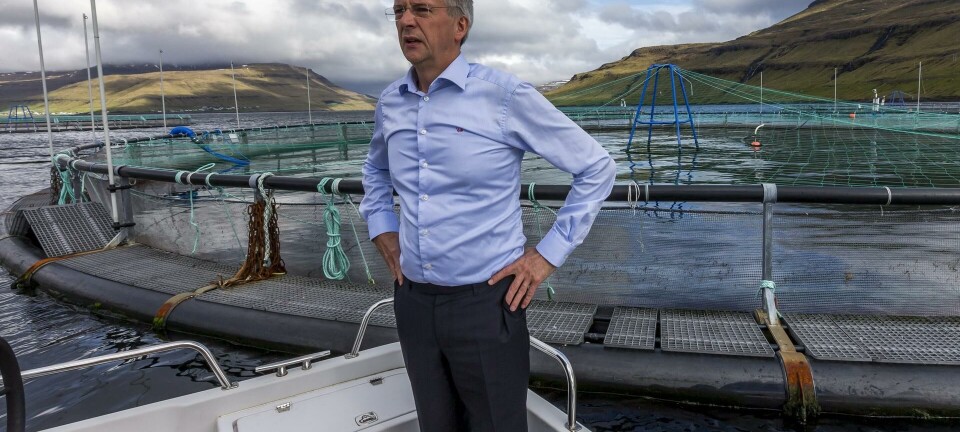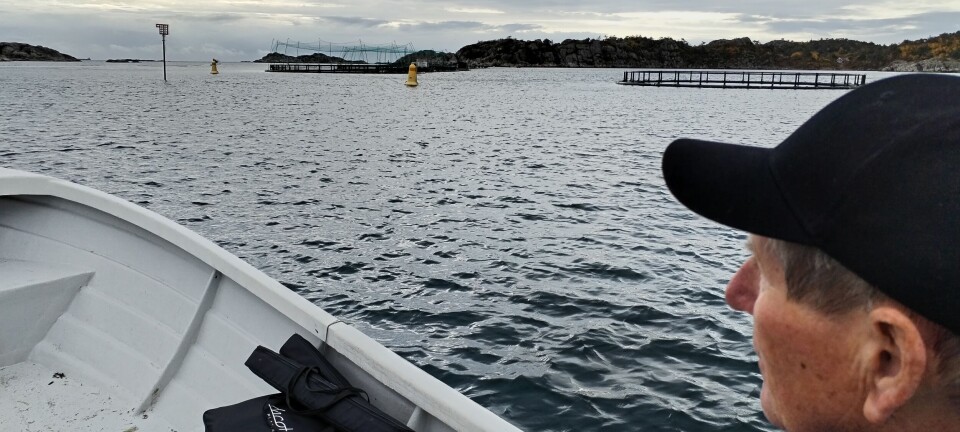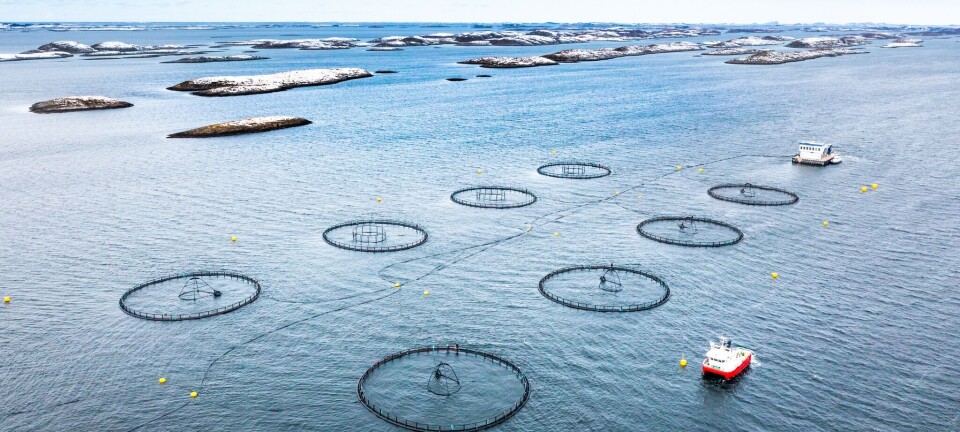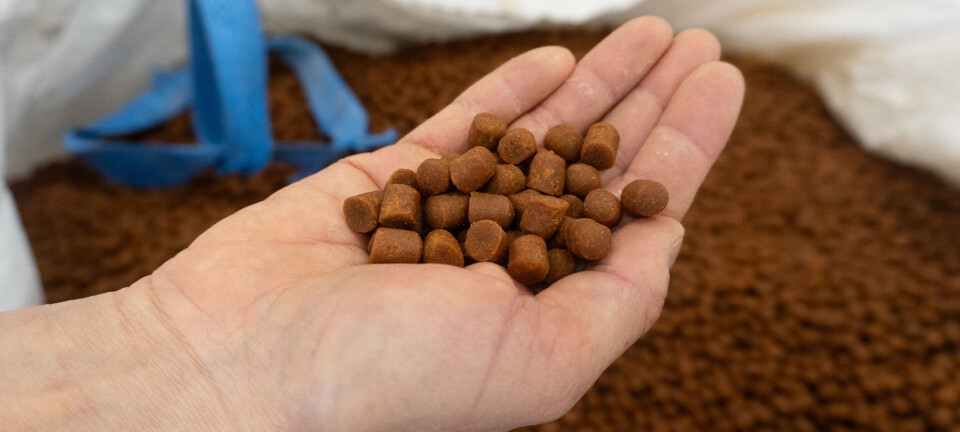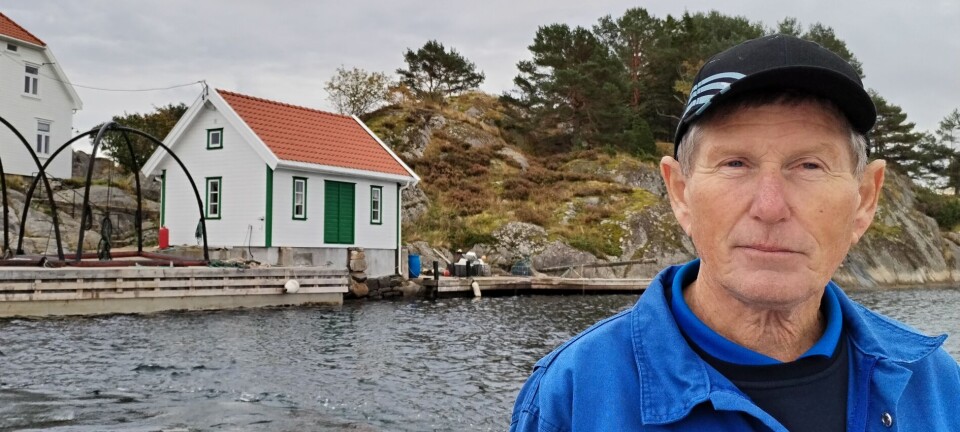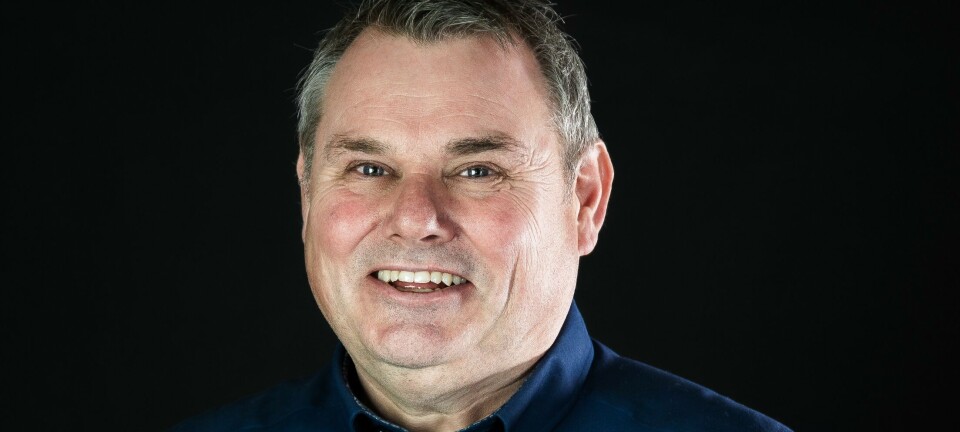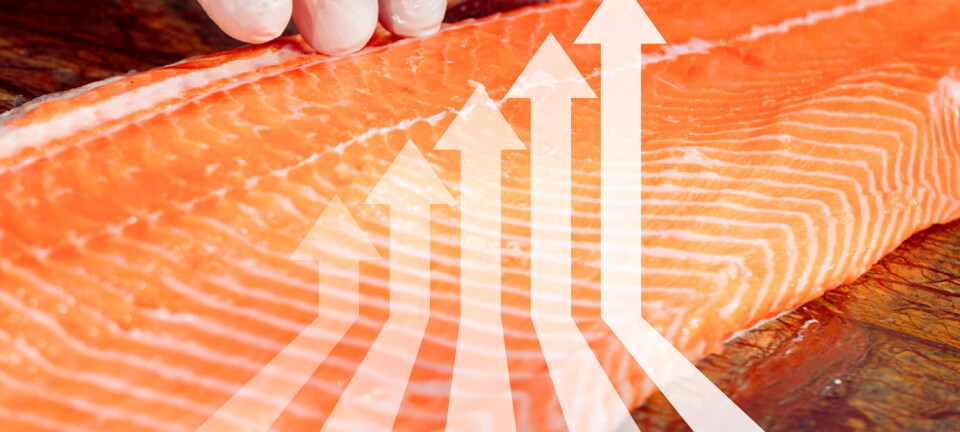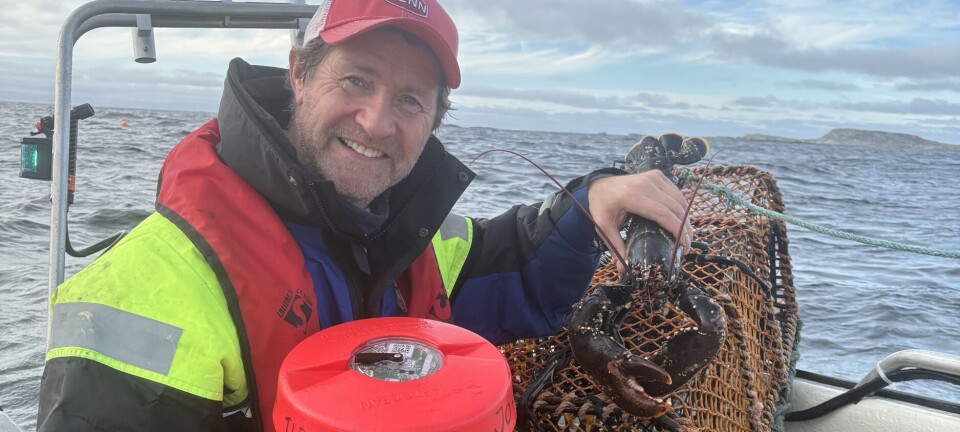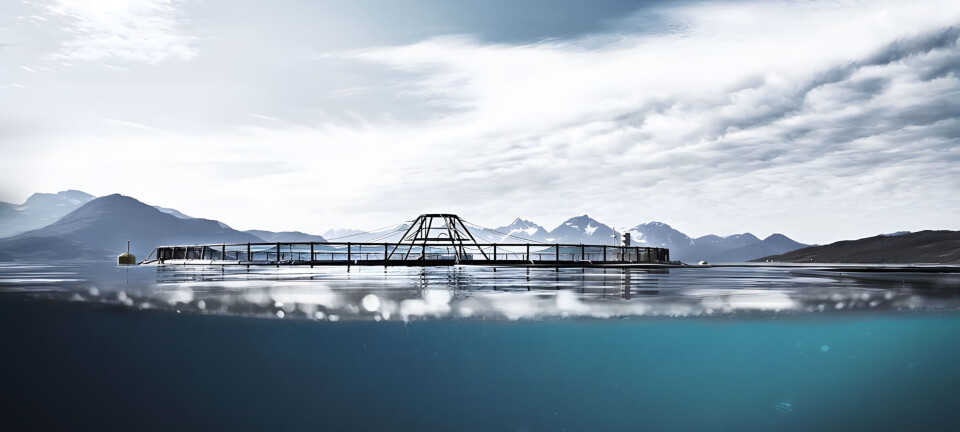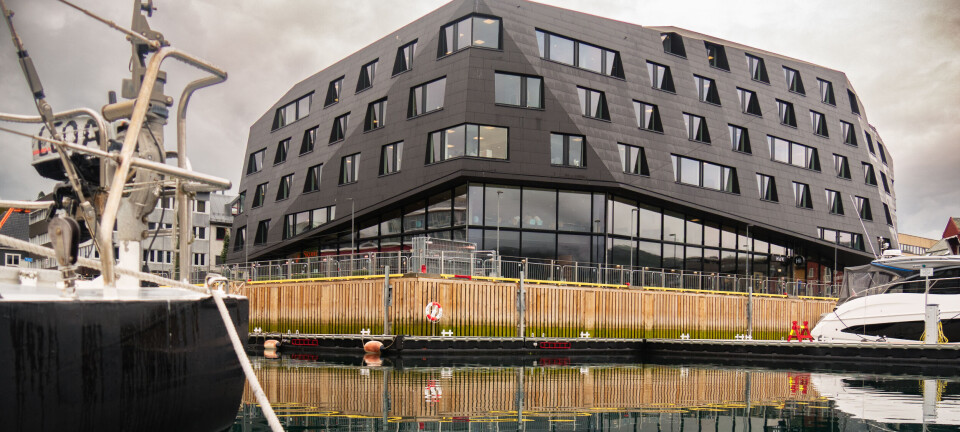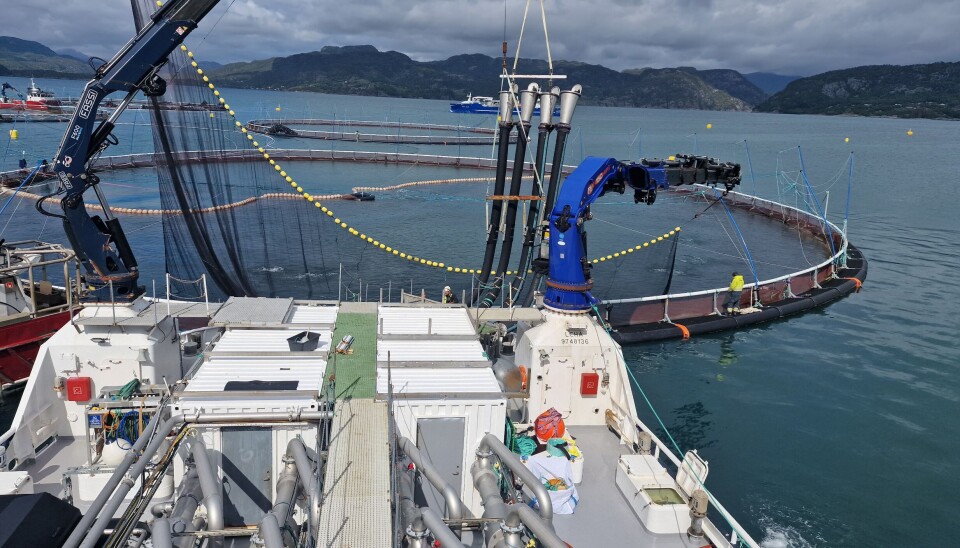
Can better decision support reduce losses during treatment?
That is the hope of the actors behind the Norwegian research project TreatSupport, which uses large-scale data capture and advanced analysis to improve delousing processes in aquaculture.
Delousing salmon at sea is one of the most demanding processes in the aquaculture industry, both for the fish and for the producers. Mechanical treatment against salmon lice can cause serious welfare damage and high mortality. At the same time, the results vary significantly, both in terms of effect, fish welfare and survival, between different methods, vessels, and companies.
The project "Measures to reduce treatment-related losses through data capture, analysis, decision support and continuous improvement (TreatSupport)" will attempt to uncover factors in fish handling that affect performance during treatment.
"The knowledge developed in the project will provide a basis for working systematically on improvements," Mari Viken Kjønstad, project manager at TreatSupport, told Fish Farming Expert's Norwegian sister site, Kyst.no.
Can big data and analytics lead to better decision-making?
The project, funded by the Norwegian Fisheries and Aquaculture Research Fund (FHF), aims to collect and analyse large amounts of historical and new data from before, during, and after delousing. The purpose is to develop decision support tools that can improve the assessments that fish farmers and fish health personnel make before treatment.
There are significant challenges in analysing big data, including data dependency, skewed health outcomes, lack of standardisation, and few fish in sampling.
"Correct use of the right statistical methods is crucial for finding true relationships in complicated data sets," said Arnfinn Aunsmo at Salmalytics.
Can test results predict treatment outcomes?
An important sub-goal of the project is to investigate whether biological samples can provide indications of how the fish will tolerate a treatment. Groups of fish will be sampled and followed through and after delousing. Data from histological examinations are often difficult to quantify for further analysis and comparison. Therefore, the project will develop a new scoring model to assess histological findings in gills, heart, and muscles, while blood samples will be analysed and compared with performance during treatment.
"We hope to find a correlation between test results and performance during delousing, so that information from the project can be used further to predict the outcome of a treatment."
Is it possible to get an "industry standard" for risk assessment before delousing?
Another goal is to develop a standardised method for risk assessment before delousing, in collaboration between the Norwegian University of Life Sciences (NMBU) and fish health company Åkerblå. The ambition is to establish a tool that can be used by fish health personnel across companies.
"A common approach to how a risk assessment is carried out will hopefully provide greater predictability for all parties when the health of the fish is to be assessed prior to treatment," said Marit Stormoen, associate professor at the Norwegian School of Veterinary Medicine, NMBU.
Crowding – a necessary evil, or a controlled and monitored activity with the best interests of the fish in mind?
Crowding of fish prior to treatment is known to be a significant stress factor. The project will therefore test new methods for real-time measurement of crowding situations, to better monitor fish welfare and reduce stress.
"Good control throughout the process is crucial to ensure good welfare and successful treatment," said Mette Remen at Sintef Ocean, who leads this part of the project.
What will the industry gain from the project?
During the project period, several specific tools will be developed: a risk prediction model, checklists, a risk matrix, and a template for systematic logging. These will contribute to better decision-making support and facilitate continuous improvement in the aquaculture industry.
"Our goal is to reduce mortality and losses related to treatment, while increasing knowledge and facilitating better fish welfare throughout the industry. The results from the project will be continuously communicated to the industry so that they can be put into use as soon as possible," concluded Kjønstad.
